One of filmmaking’s greatest strengths is its immediacy. You may think you live in dull surroundings, but the camera captures and frames things the human eye may overlook. Furthermore, it captures a precise span of time, moments that could prove to be important in ways or to people you may never have imagined.
Filming nature and wildlife doesn’t require that you go off-grid into deep wilderness. Your back yard or neighborhood surroundings can create a portrait that may not seem exciting to you, but could be very valuable or meaningful to others. The interaction of nature with architecture, people, and even ruins can make for compelling filmmaking.
Mix up wide shots, medium shots, and details, and shoot at different times and in different seasons to document how light plays off your subjects and the effect time of year has on nature. Footage that doesn’t strike a chord now may well become significant later on to you, your loved ones, or even history. Here are 4 reasons why filmmaking of your environment is more significant than you may think.
1. Because Architectural and Archaeological Artifacts Are Disappearing Rapidly
Disasters caused by humans, including uncontrolled development, natural disasters, and neglect are accelerating the disappearance of architectural and archaeological treasures. A stone building may look permanent, but it could, for any number of reasons, turn to ruins very quickly. Prolonged armed conflict in Afghanistan has led to the loss of countless examples of archaeological remains and architectural examples, many of which were never documented. Famous examples include the giant Buddha statues in Bamiyan, destroyed in 2001. Video of your neighborhood may become extremely important to your descendants someday. Those everyday clips you make may someday be part of an important historic or anthropological narrative, satisfying curiosity and sparking imagination.
2. Because You Never Know What Will Become Significant Later
Abraham Zapruder’s situation was once in a lifetime, and most of us can’t expect our nature and wildlife filmmaking to become part of history. But there are lessons to be learned here and the main one is this: bring your camera. Zapruder originally thought it was too gloomy outside to get any decent footage and left his camera at home. Later, when it brightened up, his secretary convinced him to go home and retrieve his camera, and he ended up shooting one of the most famous film clips in history.
A century ago, Dutch newsreels captured a major capsize on the Chicago River that killed 844 people. It was only when a graduate student researching World War I went searching for material on a European website that he found footage of what was known as the Eastland Disaster. Over the course of a lifetime, natural surroundings can change significantly. What you capture today could tell stories forever.
3. Because Technology Could Dramatically Change How Your Environment Looks
In 2004, director Michael Mann changed the setting of the movie Collateral from New York to Los Angeles for one very important reason: LA still used the sodium vapor street lighting that gave the city the iconic orange-ish glow of 20th century night-time American cities. But you don’t have to be shooting a feature film to capture how the world is changing. Looking back at footage that shows a magnificent tree that’s been cut down to make way for parking, or, more happily, a vacant lot that was turned into a community garden beautifully captures the continued evolution of our surroundings. The neighbor’s purple martin houses are intrinsically interesting, but the cars parked in their driveway in the background will become increasingly interesting too.
4. Because the Earth Is Always Changing
There’s a saying that Mother Nature always bats last. An abandoned vehicle in a neglected field can be overgrown with brambles in an astonishingly short time. Changes in climate, agricultural planting patterns, bee habitats, and human habitation can make a plot of land change significantly in only a few years. You can’t look up in the sky and see the sun darkened by huge flocks of passenger pigeons anymore – the last known specimen is at the Smithsonian until September 2015 after habitat loss and exploitation of pigeon meat rendered the birds extinct in 1914. Filming nature and wildlife, even on an abandoned lot, could capture details that prove to be significant over and above the artistic merit of your footage.
Conclusion
Maybe you don’t have spectacular scenery around you, but documenting your surroundings by filming the nature and wildlife around you may have significance beyond the artistic value you bring to your subjects. You don’t have to be a nature and wildlife filmmaker to capture the power and beauty of nature – you can do that even in cities. Beyond whatever significance your footage achieves right now, it could prove to be extremely informative and meaningful to future generations.
And as always, shoot the ordinary and make it extraordinary!


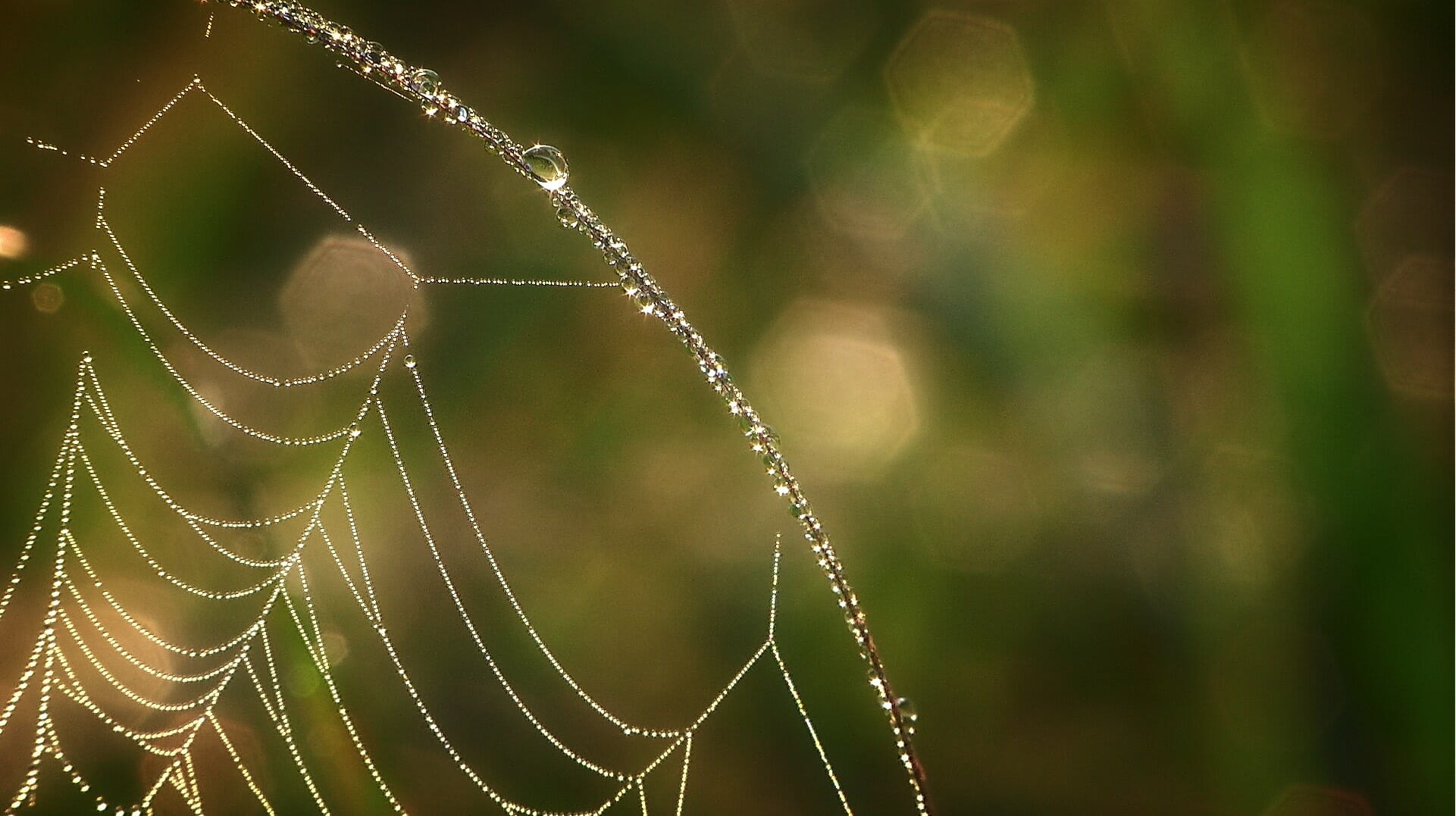

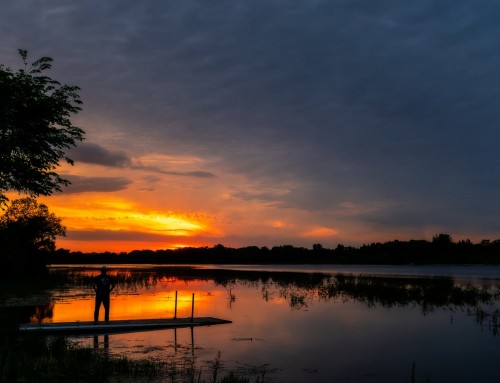
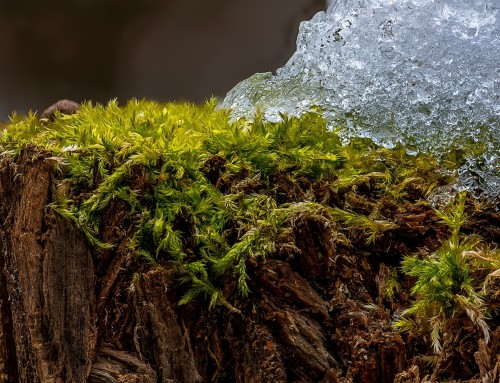

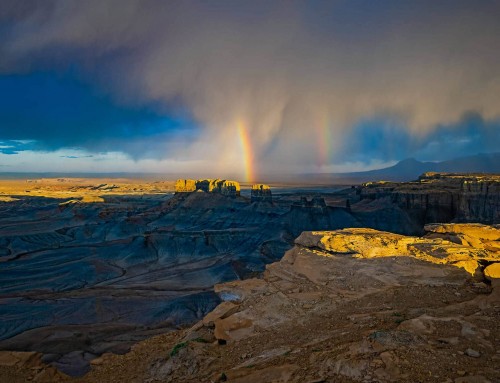
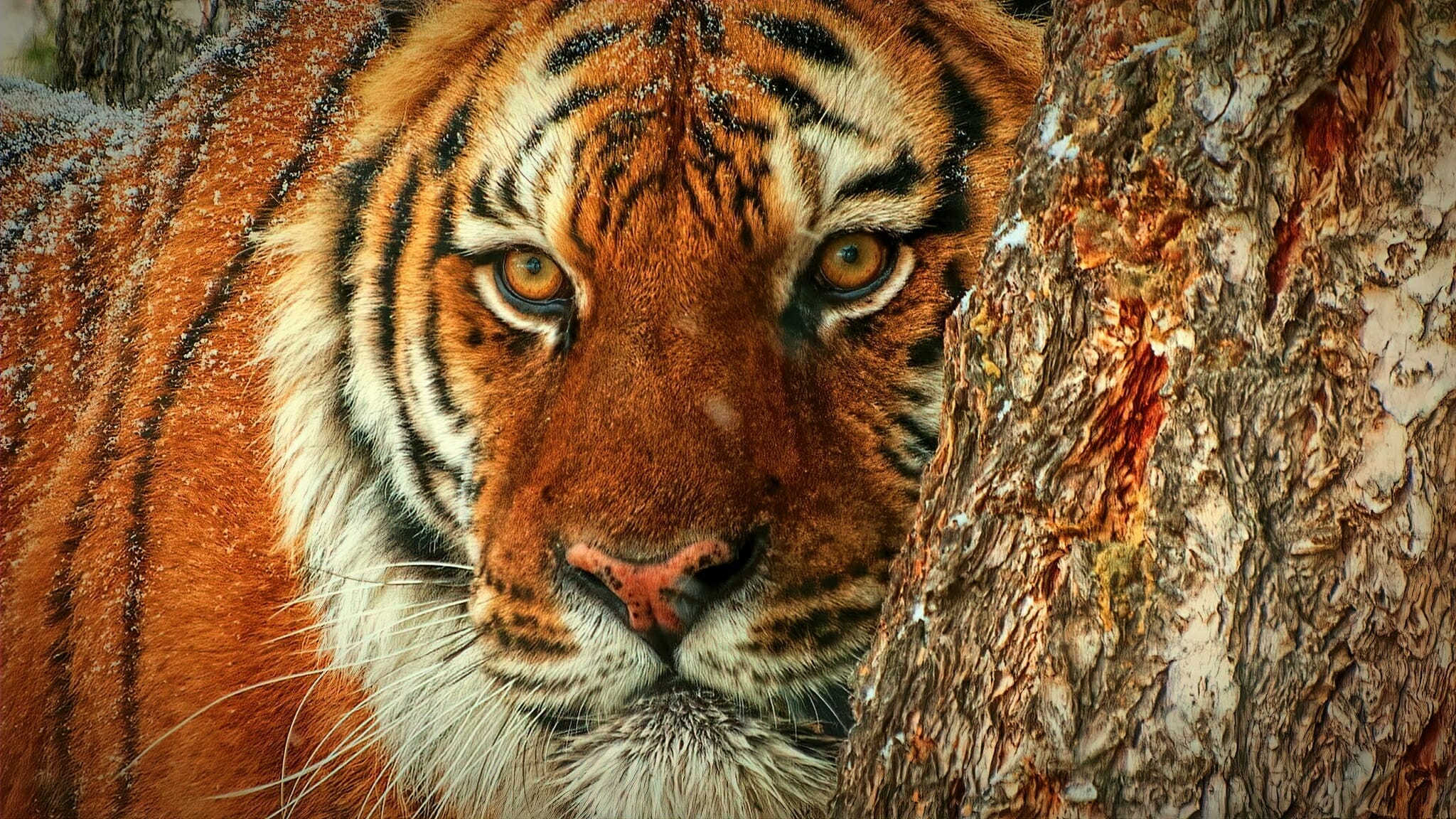
Good article…I like it.And this article gives an inspiration for film making to capture the power and beauty of nature.Thank you for the reasons why we should document your surroundings on video.Thank you for sharing it.If you want to get best resume writing service reviews please visit to the site resume writing service reviews.